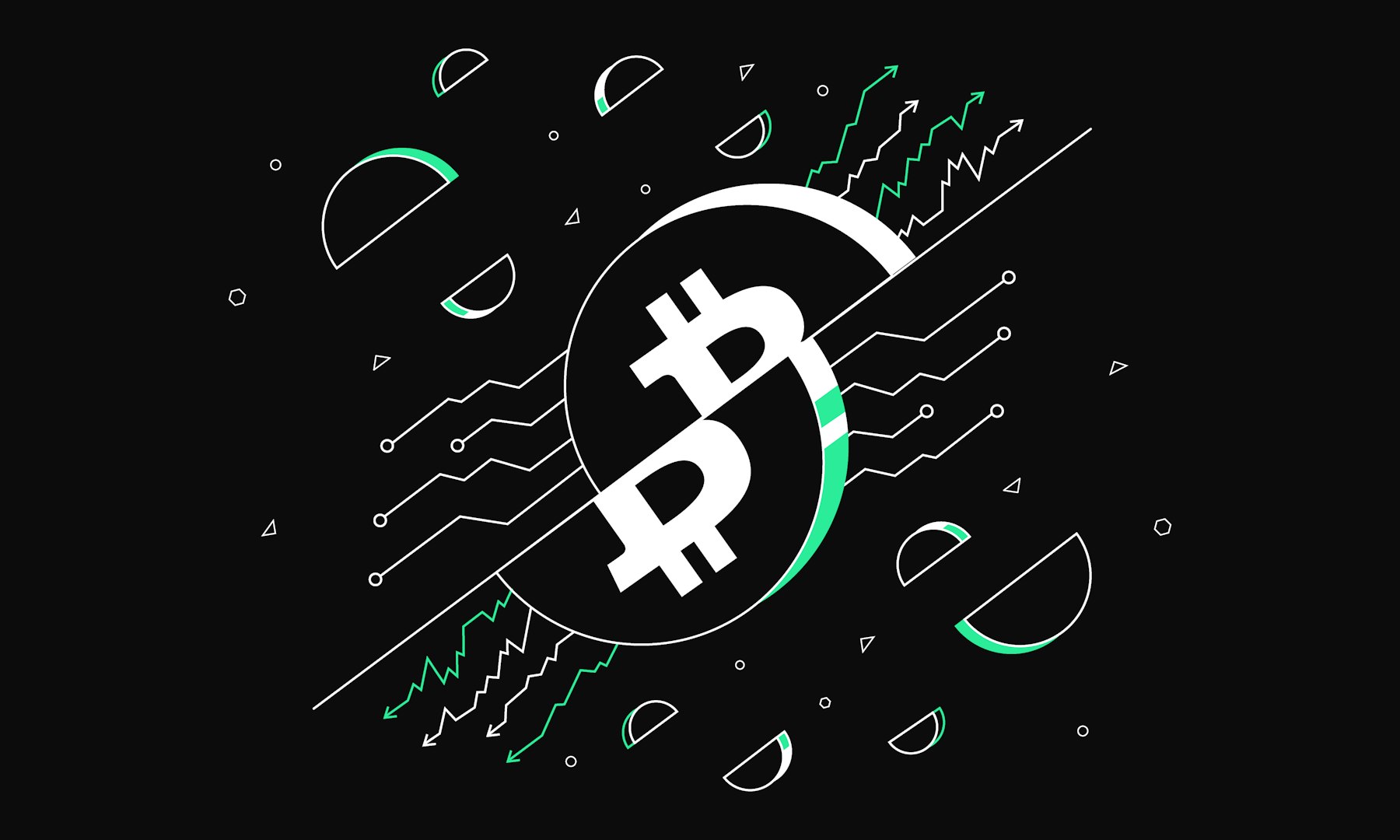When is the next Bitcoin halving?
The next Bitcoin halving is expected to occur in 2028, once the blockchain reaches a height of 1,050,000 blocks. Since the event isn’t tied to a fixed date, the exact timing can only be estimated.
The current hashrate affects how quickly new blocks are mined. Tools continuously recalculate the likely date. In the next halving, the block reward will fall from 3.125 BTC to 1.5625 BTC.
Why is Bitcoin halving important?
Bitcoin halving affects how new BTC are created, how the network functions and how the supply develops over time. It’s a core part of the Bitcoin protocol and serves several key functions.
Here’s why Bitcoin halving matters to you as an investor:
Limited supply: By halving the block reward, fewer new Bitcoin enter circulation, creating artificial scarcity.
Protection against inflation: Regular halving limits the issuance of new BTC and protects the cryptocurrency from inflation, unlike fiat currencies with flexible supply.
Incentives for miners: The reward motivates miners to contribute computing power and secure the network, reinforcing the security of the proof-of-work mechanism.
Market impact: Previous halvings have had noticeable effects on price trends and market behaviour.
Predictable monetary policy: Halvings are coded in, creating predictability and trust in Bitcoin’s long-term structure.
Market impact of the Bitcoin halving
The Bitcoin halving changes the balance of supply and demand in the BTC network. With each halving, the number of newly mined Bitcoin decreases, which leads to a reduced inflation rate and increased scarcity.
These changes affect the market:
Expectations before the halving: Many investors expect a long-term price increase and position themselves early before the halving.
Increased market volatility: Around the halving, price movements and thus fluctuating prices often increase, driven by speculative behaviour of many investors.
Impact on digital assets: As the leading currency among cryptocurrencies, BTC also affects the price of other coins and tokens.
Relevance for ETFs and certificates: Products like Bitcoin ETFs or crypto certificates track the BTC price and react accordingly to market changes.
Impact of the Bitcoin halving on the Bitcoin price
The Bitcoin halving affects the price of BTC because it reduces supply and alters market expectations. These effects become more pronounced before and after the Bitcoin halving.
Typical price effects include:
Before the halving: The expectation of rising prices often leads to early purchases and price increases.
After the halving: The reduced issuance of new BTC limits supply and can either stabilise or increase the price.
Short-term volatility: Price movements around the halving are often more intense than during normal periods.
Long-term upward trend: Previous halvings were in many cases followed by longer-term price increases.
Psychological effect: The artificial scarcity reinforces Bitcoin’s image as a scarce asset and generally has a positive impact on price formation.
Impact of the Bitcoin halving on miners
Since the last halving in April 2024, the block reward has been 3.125 BTC per block. This significantly reduces miners’ income, while ongoing costs for electricity and hardware remain unchanged. Some respond by reducing their activity or switching to other networks.
The speed of block creation remains unaffected. The Bitcoin protocol automatically adjusts mining difficulty based on the current hashrate. As a result, a new block is still created on average every ten minutes and the network generally remains stable. Some miners adjust their strategies in advance of a halving, in the expectation that the reduced issuance of BTC could affect the price in the medium term.
